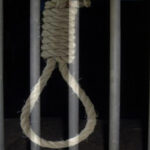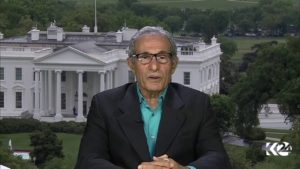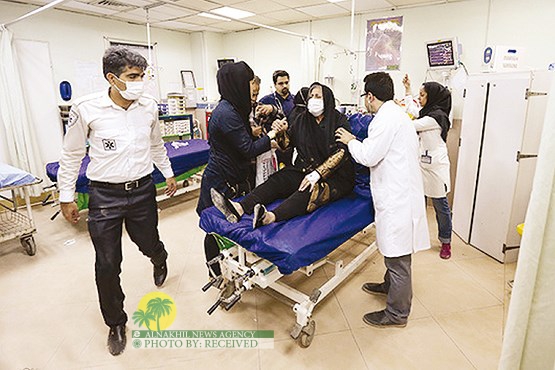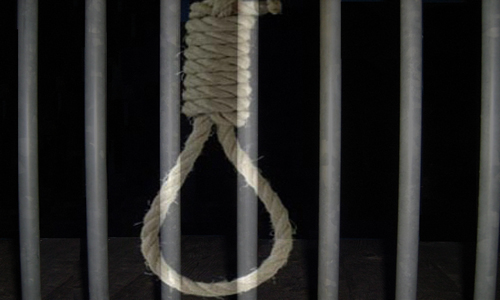The Israeli military has published a series of images that it claims proves Lebanon’s Shiite militant group Hezbollah is stockpiling weapons in towns and villages along the border.
AFP – The Israeli military has published a series of aerial photographs of south Lebanon showing what it says is evidence of Hezbollah stockpiling weapons in towns and villages near the border.
Israel declassified the intelligence just days ahead of the fourth anniversary of the Lebanon war, in what a military official said was a move to expose the Lebanese militia’s “use of civilians as human shields.”
The images and maps show what the military says are bunkers and arms caches located in the middle of Al-Khiam village, only four kilometres (2.5 miles) from the border.
One heavily marked up aerial photograph shows 15 buildings in the middle of the village which the military says are being used as weapons stores, bunkers and operational headquarters for the Shiite militant group.
Also marked on the map are schools, hospitals and other public buildings, some just a few hundred metres (yards) from the alleged weapons caches.
“They have warehouses of rockets near mosques, schools, medical centres, in the middle of villages, and they look like any other building,” Lieutenant Colonel Avital Leibovitz told AFP on Thursday. “They have taken the term human shields to a new extreme.”
Leibovitz said the intelligence material showed a shift in tactics by Hezbollah which, during the war, largely stored its arms in rural areas or forests along the border.
“As a result of the war, Hezbollah has moved three-quarters of its weapons into urban areas. We are talking about over 100 villages in the south that Hezbollah has turned into military bases.”
During the 34-day war much of the fighting took place on open scrubland but since then the militia has gravitated towards built-up areas out of the reach of UN peacekeepers — and into heavily populated civilian areas, Israel says.
Hezbollah changed its operational tactics based on Israel’s “sensitivity towards civilians,” Leibovitz claimed.
“They know we put a lot of effort to avoid hurting civilians, that is why they put their weapons in the middle of civilian areas to make it difficult for us to act against them,” she said.
The war was sparked when Israel launched a massive ground and air offensive on Lebanon in reaction to a cross-border raid by Hezbollah in which two Israeli soldiers were captured.
Israel already claimed at the time that Hezbollah was using human shields, but Human Rights Watch charged that most of the Lebanese civilian casualties resulted from “indiscriminate Israeli air-strikes.”
Colonel Ronen Marley, an officer stationed along the border, was quoted in the Haaretz daily as saying around 90 Hezbollah militants were now operating in Al-Khiam, and an average of between 30 and 200 fighters were deployed in every Shiite village across the south.
Haaretz said publication of the military information sends Hezbollah “a clear warning of what it can expect to face if it starts a war, while preparing the international community for the measures the IDF (Israel Defence Forces) is likely to take.”
Several Hezbollah officials in Lebanon declined to comment on the report, as did the Lebanese army and the UN Interim Force in Lebanon (UNIFIL).
Israel estimates that Hezbollah has an arsenal of 40,000 short- and medium-range rockets, which are being held in towns and villages across the south — a significant rise from the 14,000 rockets held by the group in 2006.
It says the stockpile includes hundreds of longer-range rockets, some with a range of more than 300 kilometres (116 miles), capable of reaching major Israeli population centres.
The military believes Hezbollah forces in south Lebanon number 20,000, more than a third of whom have undergone combat training in Iran.
July 12 marks the fourth anniversary of the start of the war between Israel and Hezbollah, which destroyed much of Lebanon’s major infrastructure and killed more than 1,200 people in Lebanon, mainly civilians, and 160 Israelis, mostly soldiers.
















+ There are no comments
Add yours